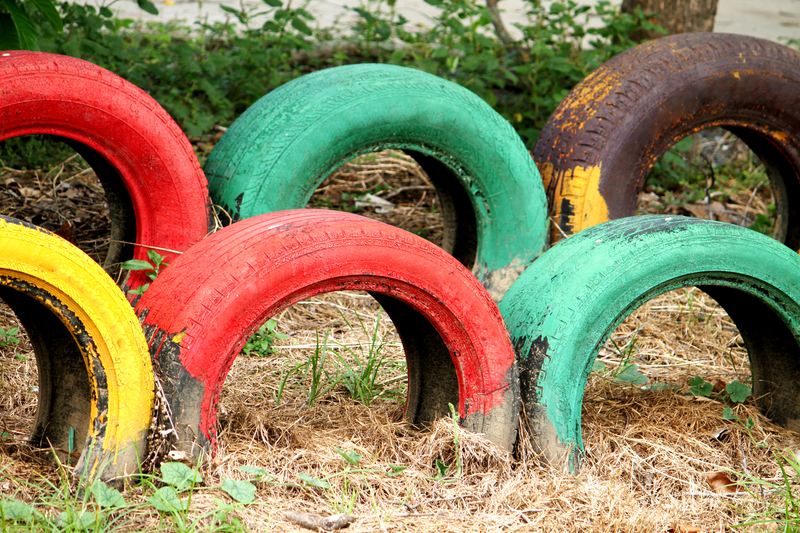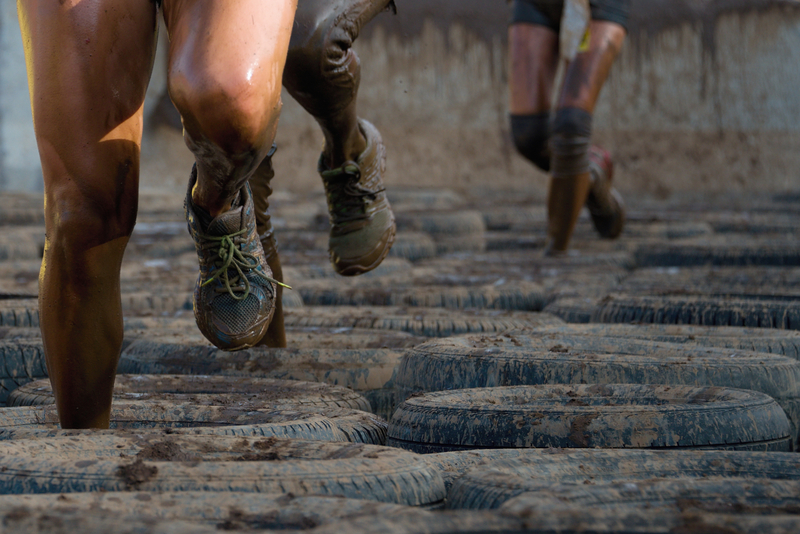The Art of Efficient Packaging and Cardboard Recycling
The modern world relies heavily on packaging, and nowhere is this more apparent than in the growing demand for cardboard. Efficient packaging and effective cardboard recycling are not only crucial for businesses aiming to minimize environmental impact, but also for customers seeking sustainable practices. This comprehensive guide explores the techniques, innovations, and significance of mastering efficient packaging and the eco-friendly journey of cardboard recycling.

Understanding Efficient Packaging: Why It Matters
The packaging industry is evolving. With e-commerce booming and global shipping volumes at all-time highs, the art of efficient packaging has never been more relevant. This goes beyond just wrapping a product -- it encompasses material choices, design strategies, cost-effectiveness, and, importantly, sustainability.
The Impact of Packaging Inefficiency
- Excessive Waste: Overpacking leads to increased landfill contributions and waste disposal costs.
- Higher Transportation Expenses: Heavy or bulky packaging translates to greater fuel consumption and shipping fees.
- Resource Drain: Ineffective packaging squanders valuable resources such as water, energy, and raw materials.
- Low Brand Value: Eco-unfriendly packaging can damage a company's reputation in the eyes of environmentally-conscious consumers.
Principles of Efficient Packaging
- Reduce: Use the smallest amount of material necessary without compromising product safety.
- Reuse: Opt for packaging that can be reused or repurposed.
- Recycle and Choose Recycled Materials: Incorporate recycled content and design for easy recycling.
- Right-sizing: Customize package dimensions to fit the product, minimizing empty space.
- Lightweight Design: Select materials that offer protection with minimal mass.
The Essential Role of Cardboard in Modern Packaging
Cardboard, also known as corrugated fiberboard, is a cornerstone of packaging. Its popularity is owed to its versatility, durability, and recyclability. As businesses and individuals focus on sustainability, cardboard packaging offers a renewable and often recycled alternative to plastics.
Main Types of Cardboard Packaging
- Corrugated Boxes: Ideal for shipping and storage due to their strength.
- Carton Board: Used for cereal boxes, cosmetics, and lightweight retail products.
- Laminated Cardboard: Adds extra durability for luxury packaging.
- Custom Die-Cut Cardboard Inserts: Protects products inside boxes by providing form-fitted support.
Why Cardboard is the Eco-Friendly Choice
- Biodegradable and breaks down naturally.
- Highly recyclable with a well-established collection infrastructure.
- Renewable resource sourced from managed forests.
- Energy-efficient production compared to other materials like plastic or metal.
Optimizing the Packaging Process
To achieve maximum efficiency, businesses must evaluate every stage of their packaging process. This can mean rethinking product dimensions, automating packing operations, or sourcing innovative materials.
Steps to Improved Packaging Efficiency
- Conduct Packaging Audits: Continuously review package performance and look for improvement areas.
- Integrate Automation: Use technology to streamline packing, labeling, and sealing for consistency.
- Collaborate with Suppliers: Work together to source the best-fit, most sustainable materials.
- Employee Training: Ensure staff understand and implement efficient and eco-friendly packing techniques.
- Implement Feedback Loops: Gather data on damage, wastage, and consumer response for ongoing optimization.
Cardboard Recycling: A Crucial Environmental Step
Millions of tons of cardboard enter the waste stream every year, but thanks to robust cardboard recycling programs, much of it gets a new life. Understanding how this process works and how to participate effectively is essential for households and businesses alike.
The Cardboard Recycling Process Explained
- Collection: Cardboard is gathered from homes, companies, and recycling centers.
- Sorting: Contaminated material is separated from clean cardboard. Types (corrugated, carton, etc.) may also be sorted.
- Shredding and Pulping: Cardboard is broken into pieces and mixed with water, forming a pulpy mixture.
- Filtering: Impurities are removed, and the pulp is cleaned thoroughly.
- Pressing and Drying: The pulp is pressed into sheets and dried, ready for creating new cardboard products.
Benefits of Cardboard Recycling
- Saves Trees: Reduces the need for harvesting new wood resources.
- Energy Efficient: Recycling cardboard uses less energy than producing virgin material.
- Reduces Greenhouse Gas Emissions: Minimizes landfill waste and methane release.
- Promotes a Circular Economy: Keeps materials in use for as long as possible.
How to Recycle Cardboard Properly
Best Practices for Cardboard Recycling
- Remove Contaminants: Take out any plastics, styrofoam, food residue, or adhesive tape.
- Flatten Boxes: Save space in recycling bins and transport vehicles.
- Keep it Dry: Wet cardboard can clog recycling machines and may be diverted to landfill.
- Check Local Guidelines: Some regions require separating types or special sorting steps.
Common Mistakes to Avoid
- Including greasy pizza boxes: Oil-soaked cardboard disrupts the recycling process.
- Leaving lots of tape or shipping labels: Excessive adhesives slow down or reduce recycling efficiency.
- Recycling wet or moldy cardboard: These should be composted or discarded if unsuitable for recycling.
Innovations in Sustainable Packaging and Cardboard Upcycling
Recently, significant breakthroughs have emerged in both the innovative packaging and cardboard upcycling sectors. Businesses are investing creatively to reduce waste and satisfy consumer demand for sustainable options.
Trends in Eco-Friendly Packaging Design
- Water-Based Inks: Reduce toxicity during printing and recycling.
- Slimline Packaging: Less material, same protection--cutting shipping and disposal waste.
- Reusable Cardboard Packaging: Durable, attractive, and designed for multiple journeys.
- Smart Packaging: Embedded with QR codes for recycling instructions or supply chain transparency.
Upcycling: Giving Cardboard New Life
Upcycling is the practice of turning old cardboard into higher-value items--reducing waste while fostering creativity and functionality. Common upcycling ideas include:
- Furniture and Decor: Cardboard can be transformed into sturdy tables, chairs, art, and organizers.
- Pet Houses and Toys: Cat castles and hamster mazes are a hit with pet owners.
- Children's Play Structures: From play forts to costume armor, cardboard is a favorite in classrooms and playrooms.
- Storage Solutions: Repurpose big boxes into drawer dividers, magazine holders, or file cases.
The Business Case for Efficient Cardboard Packaging and Recycling
Cost Savings and Brand Image
- Reduced Material Costs: Slimmer packaging means less materials and lower shipping fees.
- Consumer Appeal: 72% of shoppers prefer brands with sustainable packaging, strengthening customer loyalty.
- Compliance and Incentives: Many regions offer rebates and tax benefits for recycling initiatives.
Key Metrics to Monitor
- Packaging Material Ratio: Weight of packaging versus product; lower ratios mean higher efficiency.
- Recycled Content Percentage: Proportion of packaging using recycled cardboard.
- Recycling Rate: Amount of waste cardboard diverted from landfill compared to total use.
- Damage Rate: Measuring package failure to maintain balance between lightness and protection.

How Consumers Can Support Efficient Packaging and Cardboard Recycling
Every individual has a role to play. You can help by making conscious purchasing decisions, recycling diligently, and advocating for companies that prioritize eco-friendly packaging solutions.
Actionable Steps for Shoppers
- Choose Brands with Responsible Packaging: Look for recyclable, minimal, or reused materials.
- Voice Your Preferences: Let businesses know you value sustainable options.
- Practice Smart Recycling: Stay updated with your local municipality's recycling guidelines.
- Get Creative: Upcycle boxes in your home, from crafts to organizing solutions.
Conclusion: Mastering the Art of Cardboard Packaging and Recycling
The art of efficient packaging and cardboard recycling represents a pivotal intersection of commerce and environmental stewardship. Whether you're a business owner, consumer, or curious global citizen, adopting smart packaging solutions and participating in cardboard recycling can save money, preserve resources, and reduce our collective carbon footprint. By prioritizing the use of recycled materials, embracing right-sizing methods, supporting innovative designs, and closing the recycling loop in your daily life, you become part of the solution to one of today's most urgent environmental challenges.
Start today: flatten your boxes, clean your recyclables, invest in sustainable brands, and spread the word! Together, we can transform cardboard from a source of waste to a beacon of responsible progress.






